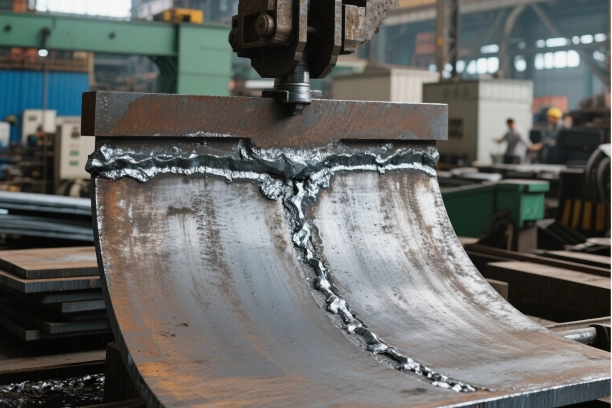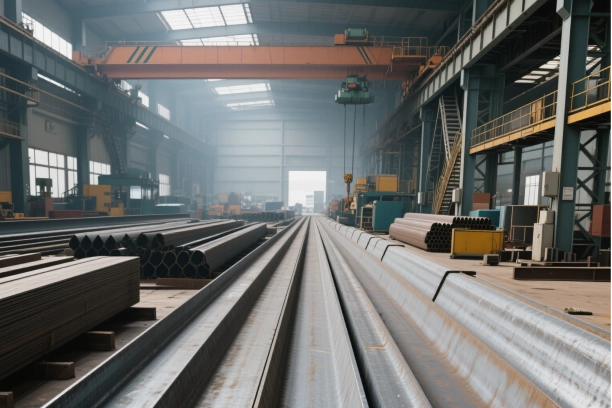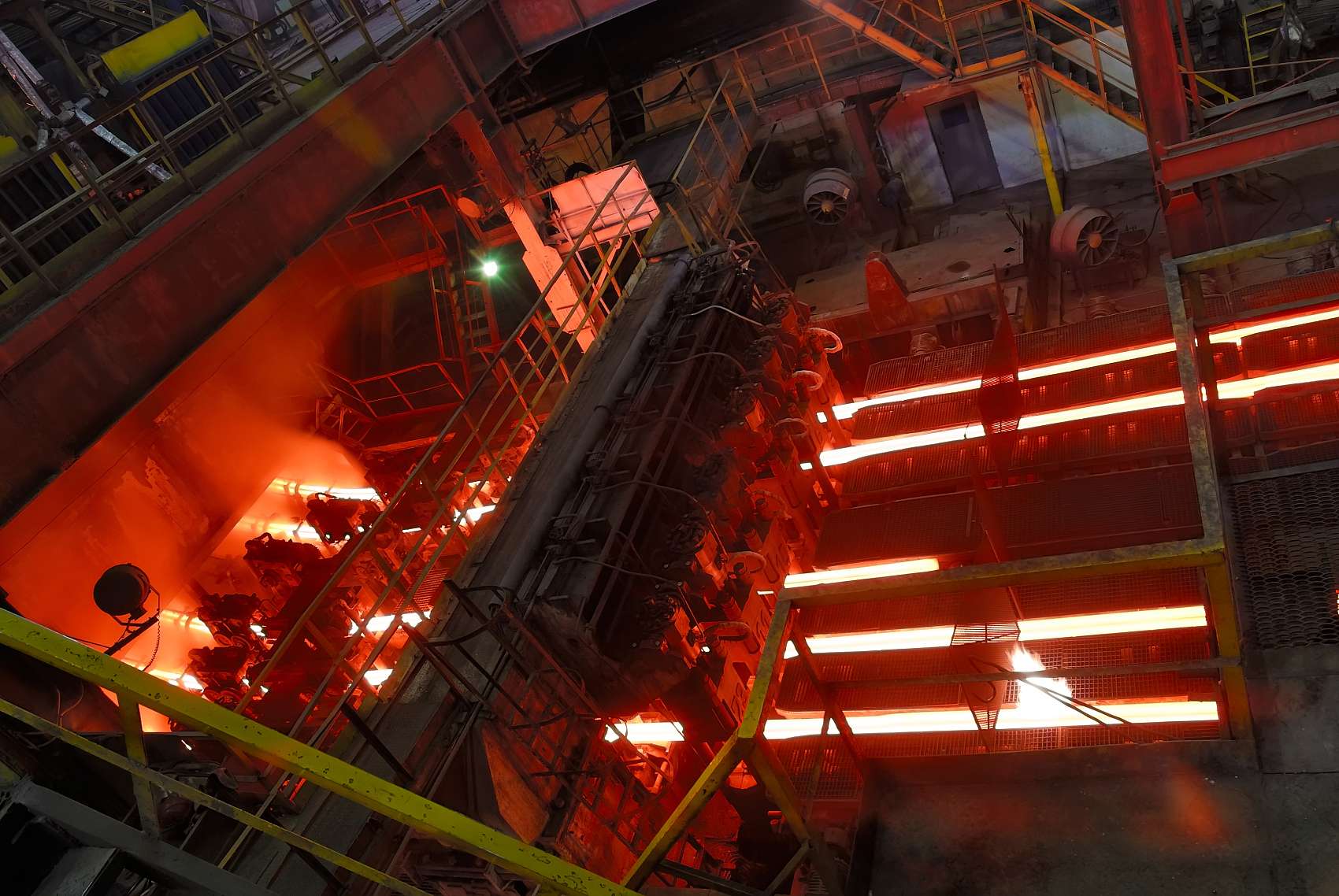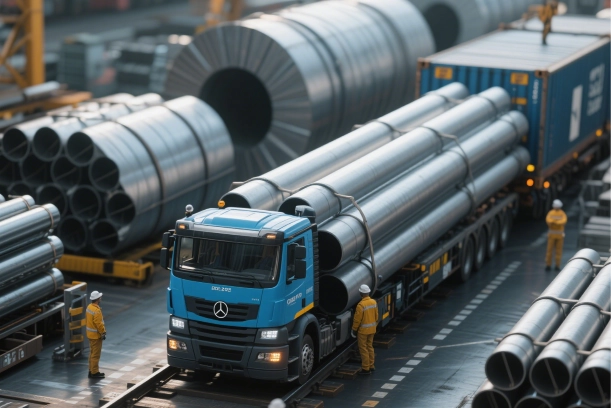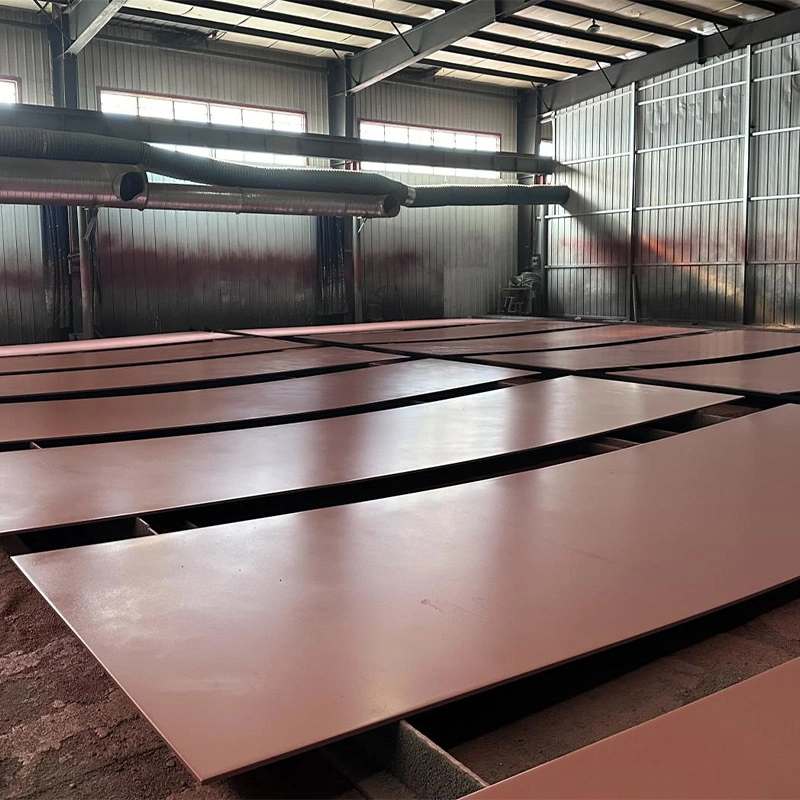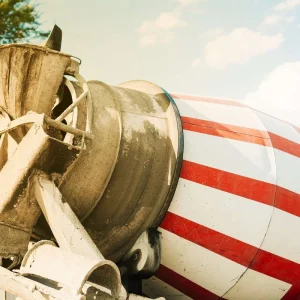
Characteristics of Abrasion Resistant Steel
Abrasion resistant steel is distinguished by several key characteristics that make it suitable for high-wear applications:
- High Hardness: High hardness is typically in the range of 400–500 Brinell Hardness (HB) and it is hardened through alloying elements, most commonly chromium, molybdenum and manganese. Some heat treatment process like hitting and tempering is also used in addition to it in order to be properly resistive to wear and effect. These elements along with particular heat treatment processes enhances its wear resistance as well as impact strength.
- Superior Tensile Strength: The tensile strength of abrasion resistant steel allows it to endure significant stress without deforming. This property is crucial for applications involving high-impact forces.
- Toughness:An abrasion resistant steel, while hard, still has enough toughness to absorb impact energy and resist fracturing. The alloy composition and heat treatment processes are carefully adjusted to provide this balance between hardness and toughness. The optimal combination of hardness and toughness is achieved using specific alloy compositions and heat treatment methods
- Corrosion Resistance: Some grades offer enhanced resistance to corrosion, making them suitable for use in moist or corrosive environments. This property broadens the range of applications where abrasion resistant steel can be utilized.
- Workability: Despite its high hardness, abrasion resistant steel can be cut, welded, and machined using appropriate tools and techniques. This workability allows for versatile application across different industries.
What Does Toughness of Abrasion Resistant Steel Mean?
High Strength
In addition to high strength and hardness, Abrasion resistant steel also has good low-temperature impact toughness, welding performance, machining performance, and formability. It can greatly improve the wear resistance of products and equipment, reduce the risk of downtime, and help develop extremely accurate equipment maintenance plans. Wear resistant steel can extend the service life of your products by two to three times, sometimes even five times or more, for different occasions;
Weather Resistance
Abrasion resistant steel has been repeatedly tested in different climate types, terrains, and working environments, and has shown excellent performance. Mainly used in equipment such as excavators, front wheel loaders, various dump truck compartments, conveyors, chutes, containers, crushers, shredders, mixers, screening equipment, etc.
Reduce Weight
At the same time, using thinner steel plates can help you manufacture transportation equipment with greater load capacity and reduce CO2 emissions. Abrasion resistant steel can reduce the weight of the product, and the unique combination of hardness, toughness, and structural strength of Abrasion Resistant Steel plates allows for a reduction in steel plate thickness while improving service life.
Key Benefits of Using Abrasion Resistant Steel
Ensuring Flatness After Cutting
One of the most important functions of abrasion resistant steel is to remain flat after cutting, and this is very important in applications where a plot is a must. This property guarantees that the steel pieces work ideally in the machines without any further reshaping or correction, saving time and resources during the manufacturing process.
High Productivity
And since abrasion resistant steel is really hard and durable, it enhances productivity. The wear-resistant property of the material is delaying maintenance and downtime of the machine leading to more continuous machine operation. This efficiency means that industrial applications using this material are capable of producing more output and operating more efficiently.
More Payload Capacity
The strength of abrasion resistant steel allows for the creation of lighter but stronger parts. It increases payload capacity by allowing to loft of significant portions of equipment parts at a reduced weight without sacrificing strength. In industries like transportation and construction that rely on efficiency by maximizing the load, this is a huge advantage.
Longer Service Life
Exceptional durability translates into greater longevity of worn parts before replacement, courtesy of the material. Such a long life lowers running costs from frequent part changes and supports sustainable practices as less waste is generated. This extended lifespan lowers ongoing expenses linked to regular replacement, as well as facilitating sustainable practices and a reduction in waste.
Lighter Weight
Abrasion resistant steel allows for thinner plate designs that hold their integrity during structural applications. The use of less material in manufacture means less energy to transport, less use in its operation, and less CO2 emitted sound environmental practice.
Applications of Abrasion Resistant Steel
Thermal Power Plants
Abrasion resistant steel is also used in high temperature and abrasive environment components in thermal power plants such as cylinder lining plates, socket shells, and inlet flue. It helps ensure reliable plant operation by withstanding extreme environments and also reducing maintenance requirements, It can even parry extreme environments to ensure reliable plant operation while minimizing maintenance requirements.
Coal Yards
Coal yards benefit from abrasion resistant steel in equipment like lining and hoppers, where continuous contact with abrasive materials occurs. The steel’s durability minimizes wear-related failures, ensuring uninterrupted coal handling operations.
Cement Plants
Cement plants use machinery to process raw materials such as chute lining, pipeline components, machine blades, and guide blades, all of which parts of the machinery will need to utilize abrasion resistant steel. The wear resistance of the steel helps in a longer life of the equipment and keeps up the production rate even under very harsh working conditions.
Loading Machinery
Critical components in loader machinery in industries such as unloading mill chain plates and hopper liner plates depend on abrasion resistant steel. These components are continuously hit or abused, and the quality of toughness in the steel is what is required to function over time, NM500 and NM550 are recommended.
Mining Machinery
Grinding Media Steel
Mining requires materials able to withstand severe abrasion from ore processing equipment such as crushers, grinders, and excavators. These machines are exposed to high levels of stress on a 24/7 basis and you need steel that gives them the robustness needed to ensure a durable life. Abrasion resistant steel and Grinding Media Steel does the trick. These machines are constantly under stress, and thus they need durability-specific steel to maximize their life, which is provided by abrasion resistant steel.
Construction Machinery
The bulldozer blade or dump truck body or the concrete mixer drum in construction machinery are some examples of applications where Abrasion Resistant Steel is put to work. These machines are operated under difficult conditions but Abrasion resistant steel, like AR400 and AR450, make sure that these machines have fewer repairs. Its higher hardness and toughness make sure these machines will run smoothly in extreme conditions and will not require diagnoses too often.
Metallurgical Machinery
In metallurgical industries, machinery such as furnaces or rolling mills incorporate abrasion resistant steel to handle extreme temperatures and mechanical stress. The material’s resilience ensures stable operations even under challenging conditions.
How to Choose the Most Suitable Abrasion Resistant Steel
Evaluate Material Properties
Choosing the right abrasion resistant steel involves assessing its properties such as hardness, toughness, tensile strength, and corrosion resistance. Understanding these attributes helps determine suitability for specific applications based on expected wear conditions.
Assess Application Requirements
It is imperative to take application-specific needs into consideration when choosing abrasion resistant steel. The choice of material should be determined by the working environment, temperature range, impact force, and the possibility of corrosion. Guided by the aforementioned factors such as operating environment, temperature range, impact forces, and exposure to corrosive substances, the ideal materials should be selected to ensure proper functioning.
Consider Processing and Fabrication
Cutting, welding, and machining capabilities depend on the grade of abrasion resistant steel selected. By considering how the components will be manufactured, it is possible to prevent manufacturing difficulties, which might end in either a degradation of quality for the components or increased manufacturing prices.
Cost-Benefit Analysis
Choosing the right grade of abrasion resistant steel should ensure an upfront investment that finds an equilibrium with the projected efficiencies gained during the service life. The grade of abrasion resistant steel should be chosen as a trade-off between initial investment and expected lifetime operational efficiencies.
Promispecial offers comprehensive services and our various grades of abrasion resistant steel are widely used in large-scale coal mining machinery, engineering machinery, dump trucks, metallurgy, and port industries such as Caterpillar, Zhangmei, Northwest Benniu, Xinhongchang, and Meizuo. They are exported to more than 20 countries including South America, South Africa, Australia, Canada, Greece, the United Kingdom, and Spain. Widely used in various industries, underground mines, cement equipment, road construction industry, ore mining, metallurgical industry, and other fields.


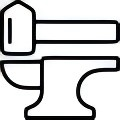
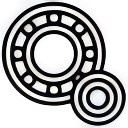

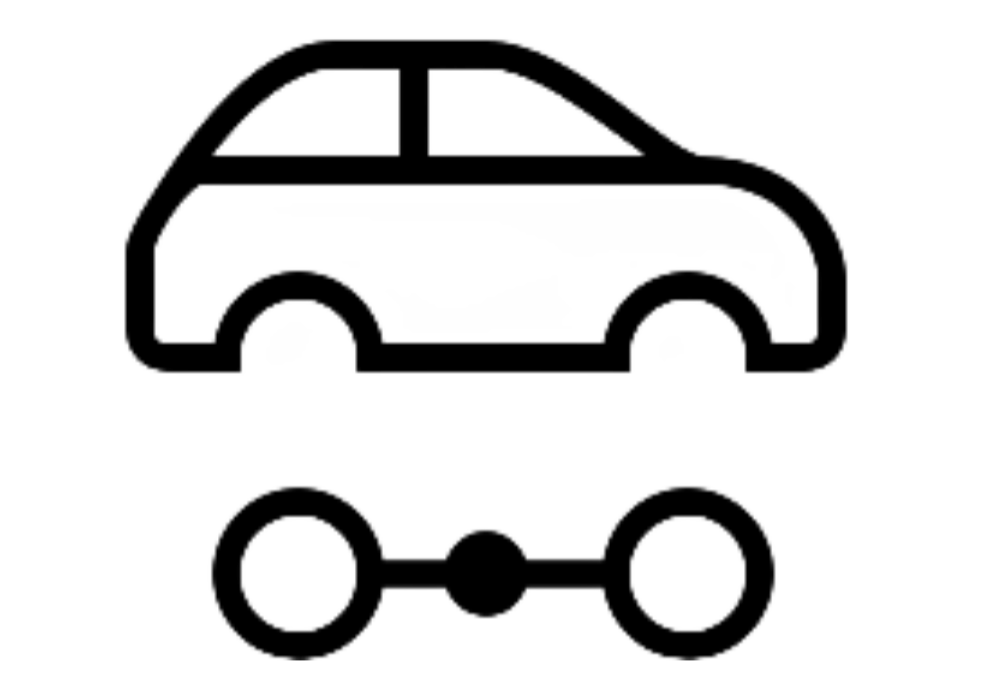
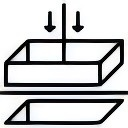


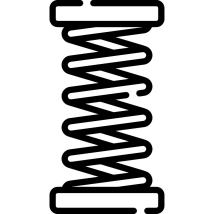



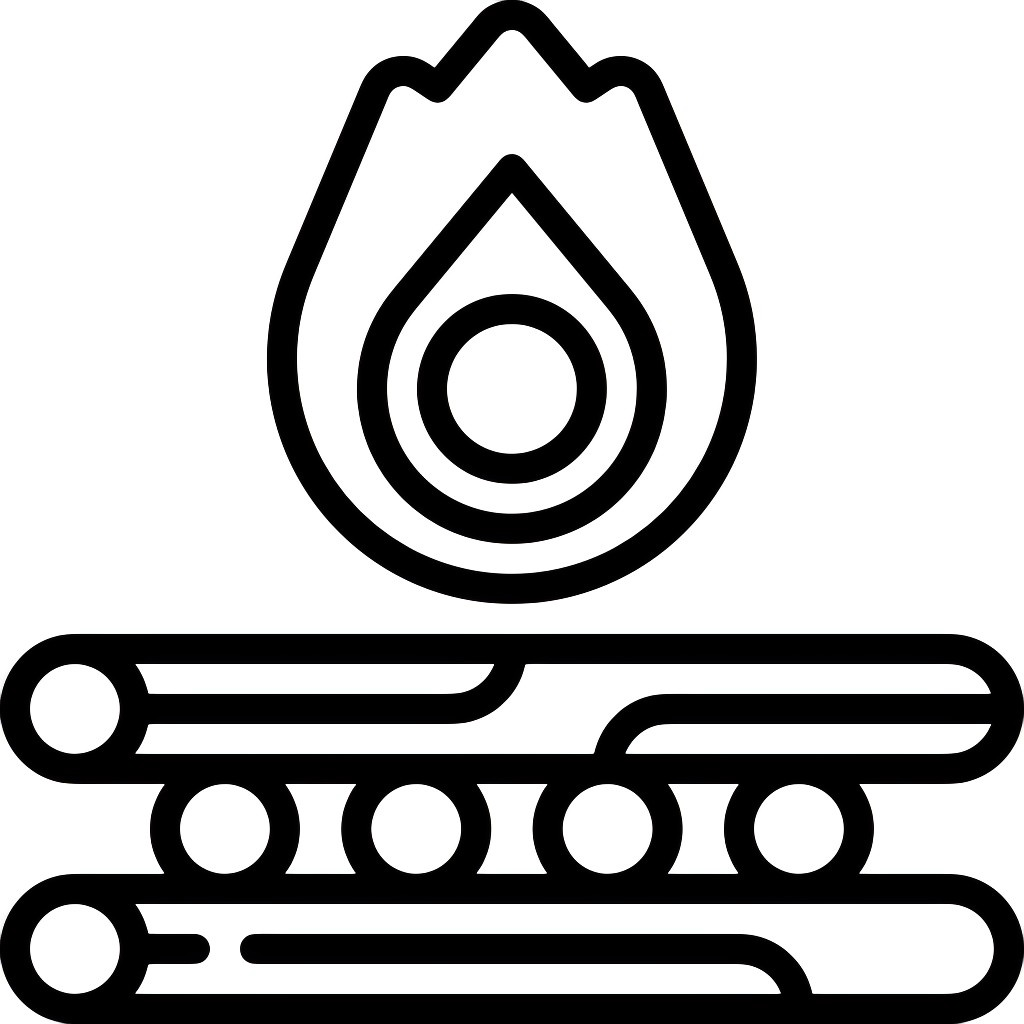

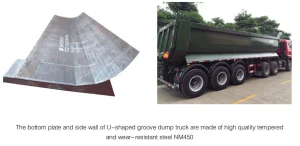
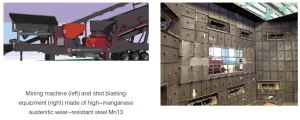
.webp)
